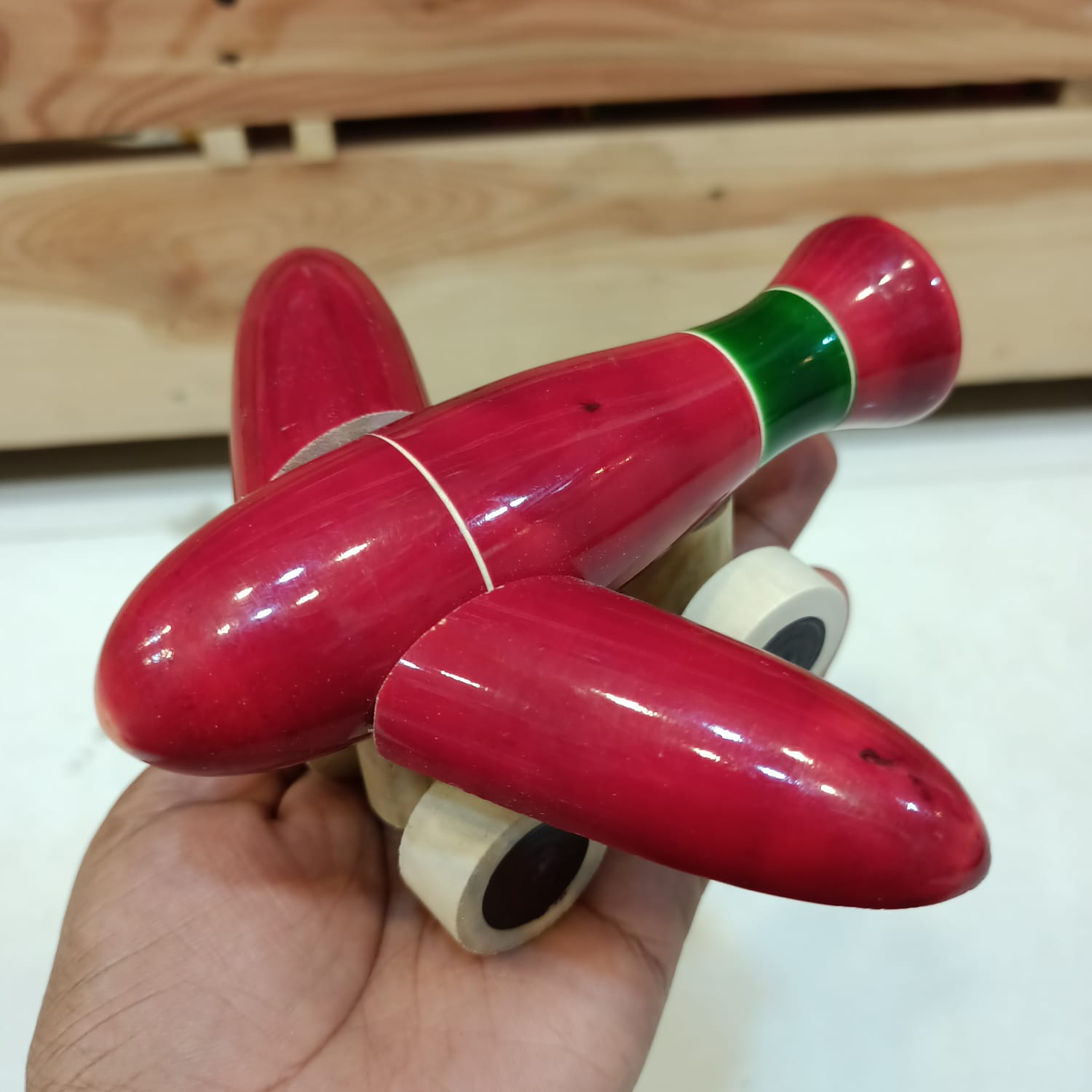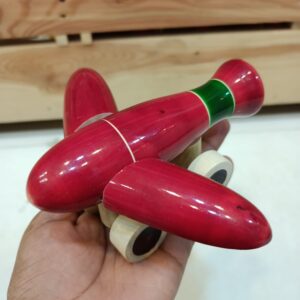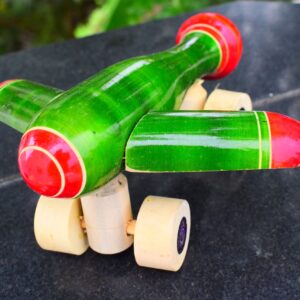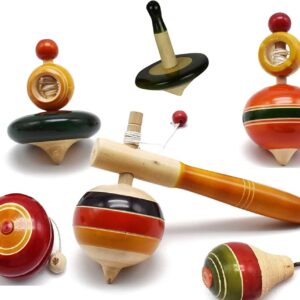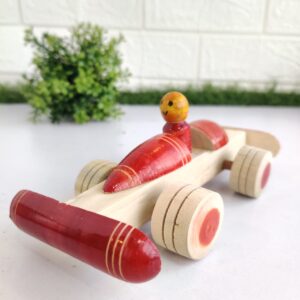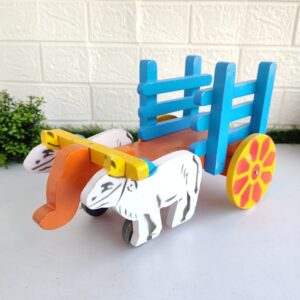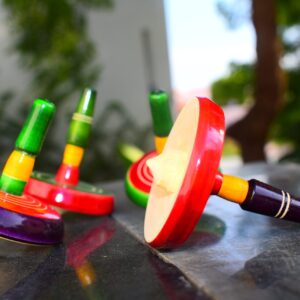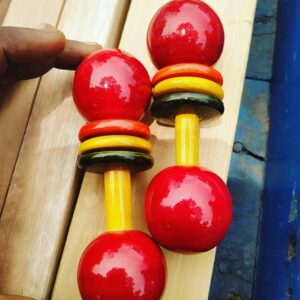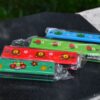A wooden aeroplane refers to an aircraft that is primarily constructed using wood as its main material, rather than metal or composite materials commonly used in modern aircraft. Wooden airplanes were more common in the early days of aviation, particularly during the first half of the 20th century.
Key Features of Wooden Aeroplanes:
-
Structure:
-
The primary structure of a wooden airplane consists of a framework of wooden beams, often made of balsa wood, plywood, or other types of durable, lightweight timber.
-
The framework is covered with a fabric or thin plywood skin, providing shape and strength. This construction method was often referred to as a fabric-covered frame.
-
-
Wings:
-
The wings of wooden planes are often built using a truss-style design, where wooden spars (the main structural elements of the wing) are combined with ribs to form the wing’s shape.
-
These wings are often covered with fabric or plywood to create a smooth surface that allows for airflow and lift.
-
-
Fuselage:
-
The fuselage (the main body of the plane) is constructed similarly, with a wooden frame that supports the cockpit, passenger area, or cargo hold. The frame is often reinforced with diagonal braces to give it stability and strength.
-
The exterior of the fuselage might be covered with thin plywood sheets or fabric, depending on the design.
-
-
Tail Assembly:
-
The tail section, consisting of the rudder and vertical and horizontal stabilizers, is usually made from wood as well. The framework for the tail is typically built using lightweight timber, and it is covered with fabric or plywood to provide aerodynamic surfaces.
-
-
Landing Gear:
-
Early wooden planes often had simple, robust landing gear made from wood or a combination of wood and metal, depending on the design. The gear usually consisted of wheels attached to the wooden structure via springs or shock-absorbing elements.
-
-

